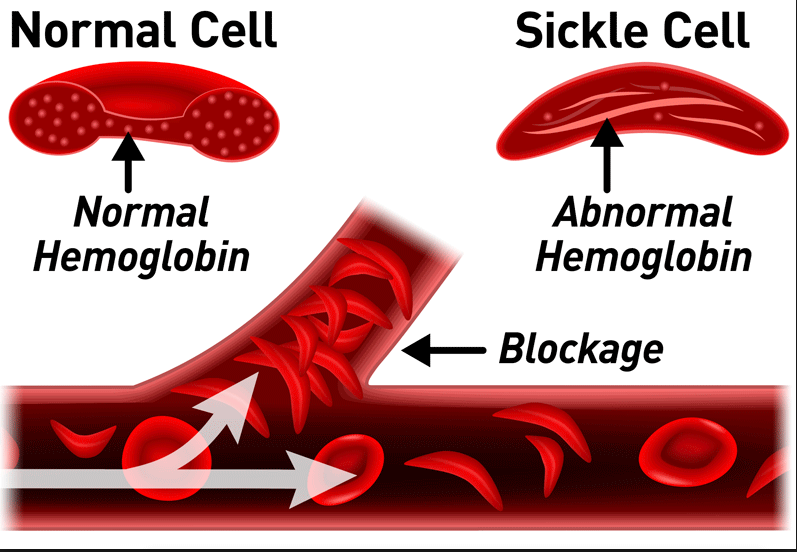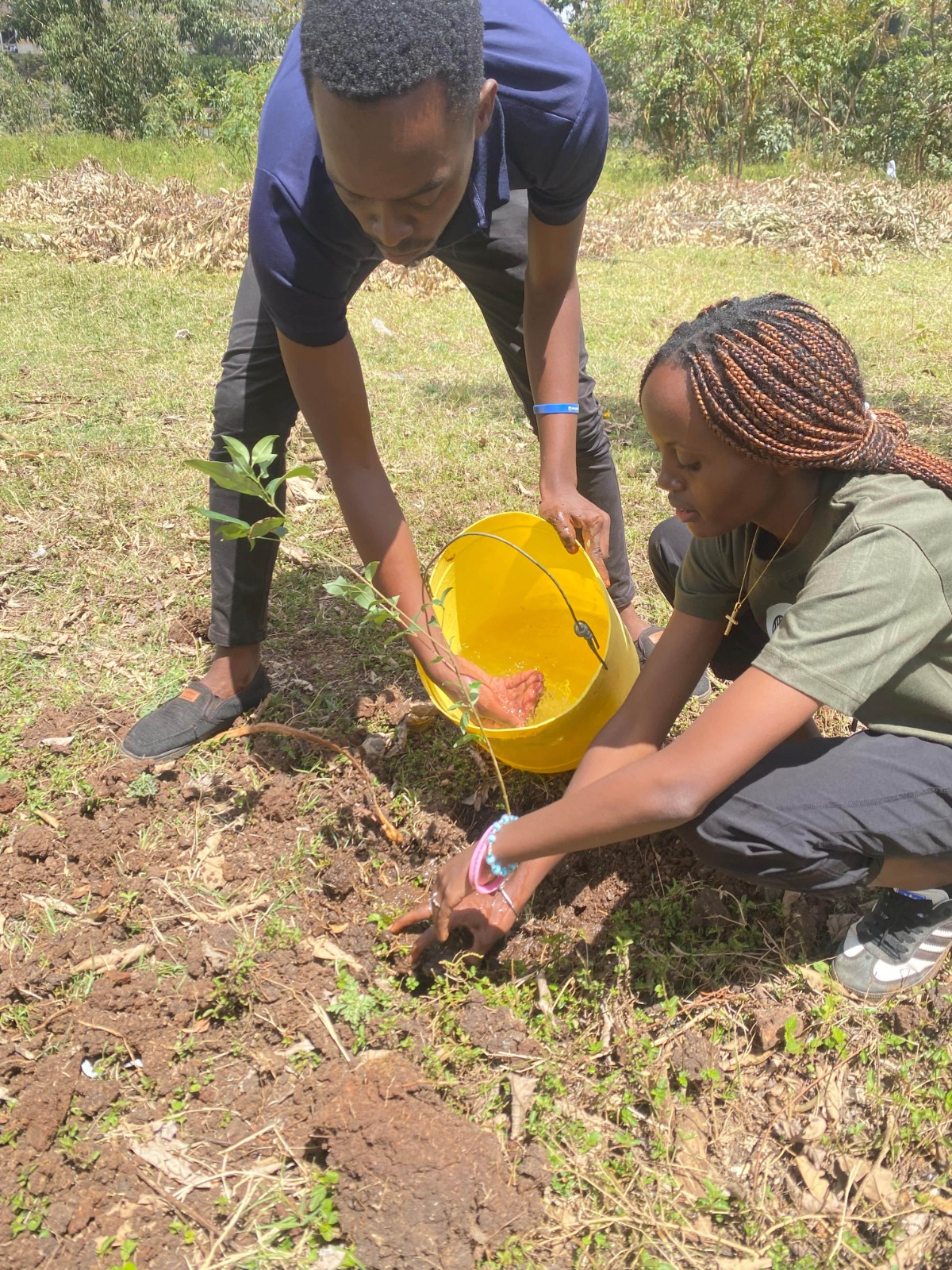
Nigeria gov’t authorises production of herbal medicine for sickle cell anemia

Nigeria’s health ministry has given the go ahead to a local pharmaceutical company to commercially produce medicine that could manage sickle cell anaemia.
29 year old song writer Japheth Maicibi suffers from sickle Cell anaemia. And there are millions like him in Nigeria. There is no comprehensive statistics of sickle cell sufferers in the country but Nigeria has a disproportionately large population of sickle cell sufferers.
The World Health Organisations estimates globally 300,000 sickle cell anaemic children are born every year -100,000 of them in Nigeria. Sickle cell anaemia cannot be treated but there are drugs to manage the pain-commonly known as sickle cell crisis.
But that is not the case in Nigeria-Most sickle cell sufferers struggle to access medication. And that is why the latest break through is important.
“Having a research centre here in Nigeria I think is a welcome idea, something to embark on but i would really wish it is well funded because traditionally some of these herbs they work miracle .I remember there were days growing up there used to be one plant when am in crisis my mum plugs it squeezed it and rub it wherever aches and there is a relief, so going into a research now is going to do a lot.” Japheth Maicibi
Nigeria’s Pharmaceutical research institute has spent the past 8 years researching on the drug. It’s purely organic with all the ingredients drawn from local herbs. So far, it has passed all the requirements for mass production and researchers at this institute say the drug is safe.
According to Kunle Olobayo, the director general of the pharmaceutical research institute
“This product is safe that is a major advantage and I would almost say it is one in a class because they are other products that are not dealing directly with the sickle cell they are probably trying to improve the patient general health status, but this will actually do something to reduce the frequency of your crisis. So Comparatively I will say its stands on its own they are one or two synthetic product that can be useful but then they have their own challenges which this does not have.”
Currently the drug is being produced in small quantities in this research lab.
So far, they have managed to enrol more than a thousand sickle cell sufferers on the drugs but that is how far the capacity here can allow. This explains why the health ministry is now signing an agreement with a pharmaceutical company to produce commercially.
“This is about getting our R&D (Research and Development) into commercial production, in to the market place, to the user, NAIPRIT like i said is to support industry, so basically, NAIPRIT will not produce the outcome of its own research. “Says Olobayo
Sickle Cell is a genetic disease of the red blood cells, where the “O” cell takes an abnormal form crescent shape. The sickle shape makes them sticky, rigid and prone to getting trapped in small blood vessels. And the effect of that is blood is blocked from getting to different parts of the body. Leading to severe pain, jaundice, frequent infections, anaemia, kidney and heart related diseases- And the drugs to treat the resulting crisis are either too expensive or inaccessible to many-The benefit of the home made drugs is that they are likely to be cheap and widely circulated.






